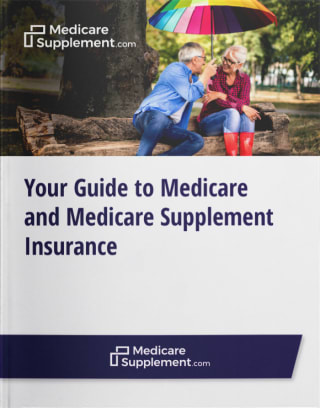Falls are a common accident for seniors, especially for those who live alone. Oftentimes, we feel safe and comfortable in our homes and move around without considering safety hazards, however, over half of all falls happen while at home.1 This makes it imperative to implement fall prevention as we age.
The Risks
The risks of falls can be costly, sometimes even fatal. In 2019, emergency departments recorded 3 million older adult falls that led to a serious injury.2 To expand on that number, this means that one in five falls in older adults leads to an injury like broken bones or a harmful head injury.3 Treating injuries such as these could come with hefty medical price tags, especially if it involves a trip to the emergency department.
The Prevention
A fall could be harmful to your body’s wellbeing and an injury could be expensive to properly treat and heal. Therefore, it is important to prevent falls from occurring at home as we grow older. Luckily, there are several simple ways to prevent falls at home.
1. Clear the clutter.
One of the biggest ways to prevent falls at home is eliminating unnecessary clutter. It may be convenient to throw your clothes on the laundry room floor, leave a pile of books by your desk, or your shoes by the door, but all of these could be safety hazards for falling. Make sure items have a proper place and do not obstruct your typical walking path on the floor or staircase. To go a step further, you can remove throw rugs or use no-slip strips on hardwood or tile to mitigate hazards.4
2. Add assistive devices to your living space.
There are many assistive devices that can be added to any home to help prevent falls. Many of these devices can be placed in areas with the highest risk for falling like handrails on both sides of staircases or grab bars.5 Having assistive devices in areas of your greatest needs will go a long way in preventing falls.
![]()
3. Strength and balance training.
Physical activity as well as strength and balance training can be an effective tool to combat falling at home.1 By working core muscle groups and practicing balance, you are more likely to be in control of your muscles and prevent a serious fall.
4. Review your medication with your doctor.
Some medications could have side effects like dizziness or drowsiness which could lead to a fall at home.3 Talk to your doctor about potential side effects of new prescriptions and monitor any symptoms you may be experiencing. Staying up to date on your prescriptions’ side effects can be a simple way to prevent a fall at home.
![]()
5. Check your eyesight regularly
Having a routine eye exam every year and staying current on prescription lenses or contacts can be a simple way to prevent falls. Clear vision can help you spot safety hazards and be more aware of your surroundings. Some Medicare Supplement plans offer add-ons like vision or dental coverage. To discover plans that may include these extra benefits, visit www.medicaresupplement.com or call a licensed insurance agent.
6. Fall prevention takes a team.
A good fall prevention plan takes more than just one person. Even if you live alone, create a fall prevention team who can offer you support when you need it. This should be a network of individuals who check in on you regularly and help you implement some of the strategies listed above in your home. This could be family, friends, or home care nurses. But don’t just limit it to people! Having an electronic medical alert system for if a fall were to occur at home while you are alone could be a valuable safeguard. Take precautions on your own, but do not underestimate the power of asking for help!
No matter what age you are, accidents happen and a serious fall could be one of them. Be proactive in preventing falls as you age. There are practical steps you can take to mitigate this potential accident. Implement fall prevention strategies at home and create a fall prevention team of people you trust. By doing so, you can spare yourself harm, your family from worry, and protect your wallet from steep medical bills.
----------
Sources:
1. National Council on Aging:https://ncoa.org/article/debunking-the-myths-of-older-adult-falls
2. CDC: https://www.cdc.gov/mmwr/volumes/69/wr/mm6927a5.htm
3. CDC: https://www.cdc.gov/falls/index.html
4. National Institute of Health: https://www.nia.nih.gov/health/preventing-falls-home-room-room
5. Mayo Clinic: https://www.mayoclinic.org/healthy-lifestyle/healthy-aging/in-depth/fall-prevention/art-20047358

